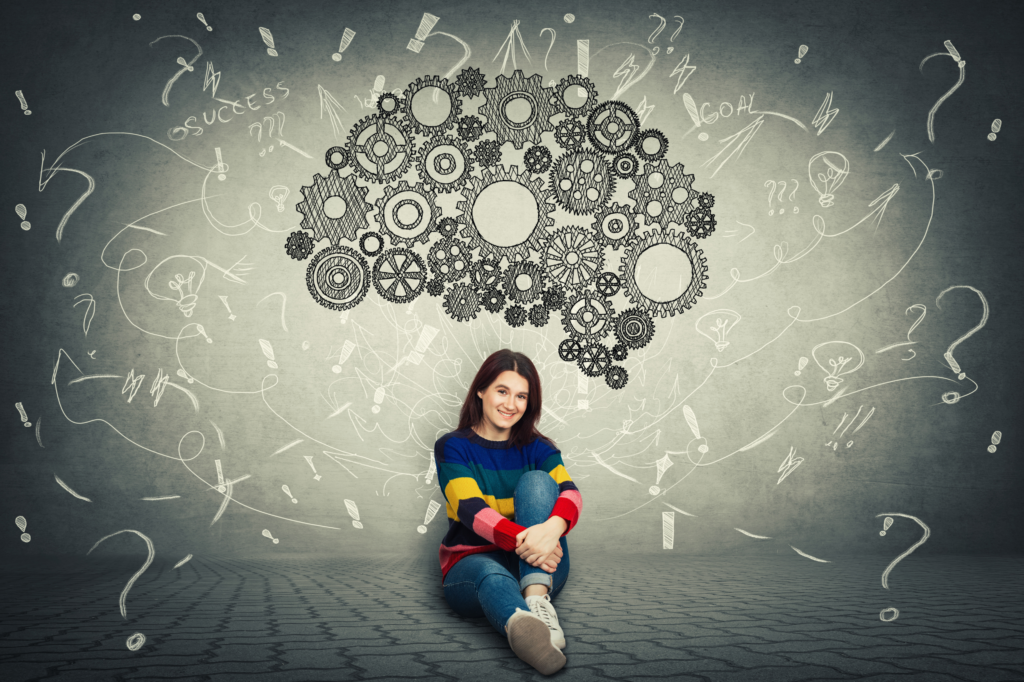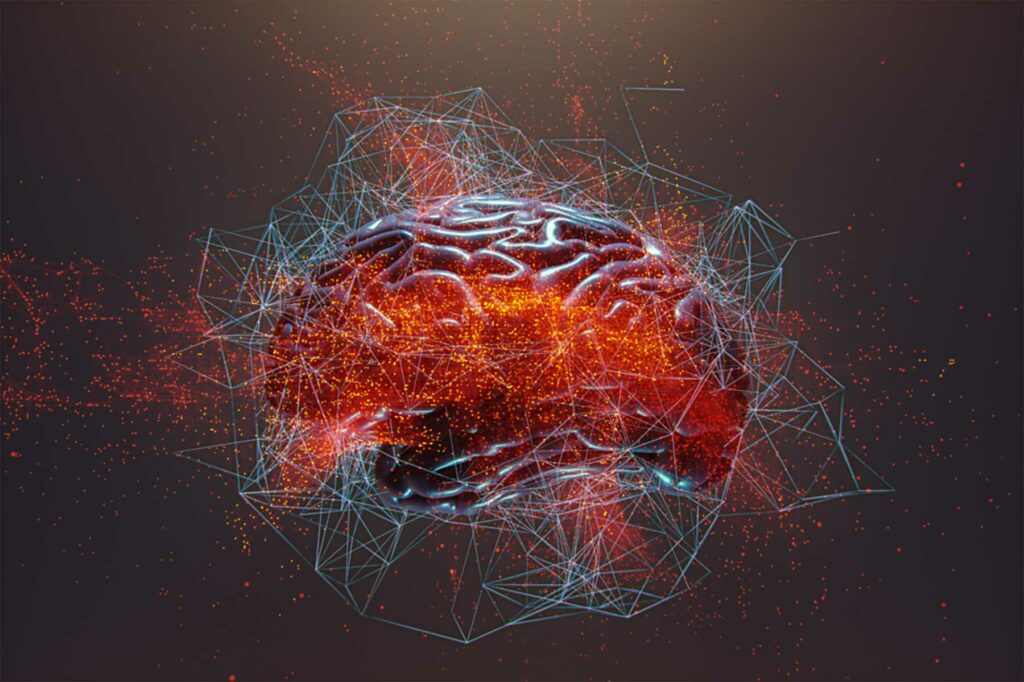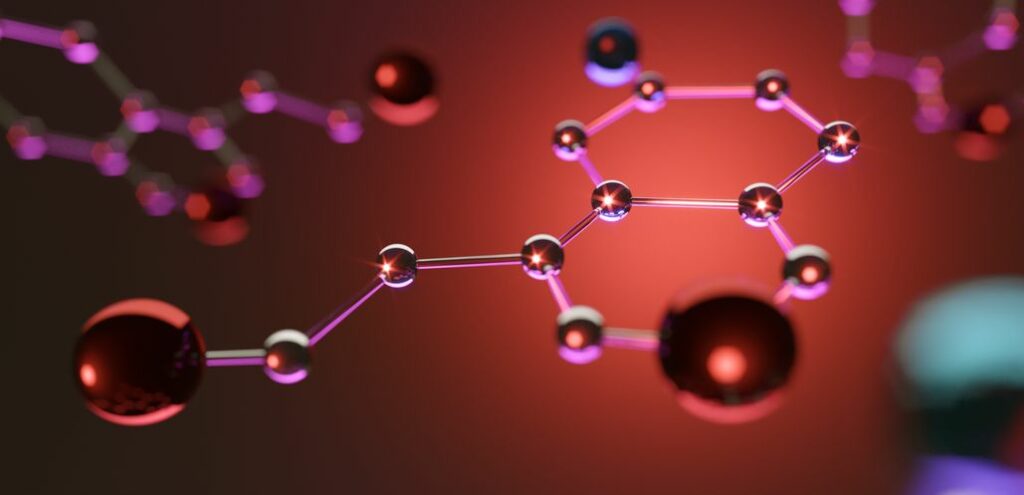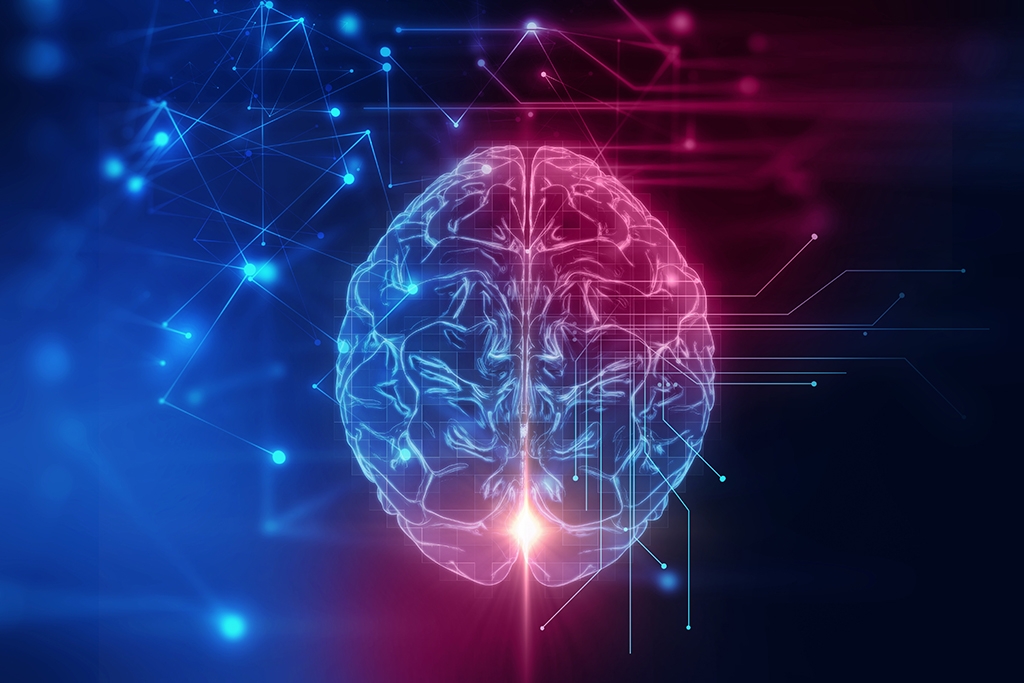The Neuroscience of Self-Awareness and How to Level Up This Soft Skill in the Workplace

Cognitive neuroscientist Stephen M. Fleming, author of Know Thyself: The Science of Self-Awareness, recently suggested in his book that there has been some progress in understanding self-awareness. In his book, he refers to a part of the prefrontal cortex (PFC), the “association cortex,” which is well-developed in humans relative to other primates. It is these regions of the association cortex […]
How Combining SEL & Neuroscience Can Break Teachers Stress Cycle

“Teachers are the engine that drives social and emotional learning (SEL) programs and practices in schools and classrooms, and their social-emotional competence and wellbeing strongly influence their students. But when teachers poorly manage the social and emotional demands of teaching, students’ academic achievement and behavior both suffer.” This quote is from Dr. Kimberly Schonert-Reichl, the NoVo […]
SEL & the Brain: How They Work Together to Form the Whole Child

Today’s teachers understand the fundamentals of social and emotional learning (SEL) and how to apply it in the classroom. Still, how SEL helps in students’ brain development is often overlooked. According to the Aspen Institute and their report The Brain Basis for Integrated Social, Emotional, and Academic Development, the science on how the brain develops helps […]
Inflammation & Cognition: What the Latest Research Says About Long Term Effects and New Treatments

Chronic inflammatory diseases are the most significant cause of death in the world. The World Health Organization (WHO) ranks chronic diseases as the greatest threat to human health. The prevalence of diseases associated with chronic inflammation is anticipated to increase persistently for the next 30 years in the United States (Pahwa, R. et al., 2020). […]
How Peering Inside “Mini-Brains” is Advancing Medical Research

According to Scientific American, scientists have been trying to grow human organs from scratch for well over a decade. These organoids are not fully formed functional organs but miniaturized versions that help researchers model various diseases and test therapies. These organoids engineered from scratch also include “mini-brains” or pea-sized clusters of lab-grown brain cells that assemble themselves into structures […]
The Brain Benefits of Music and Mindfulness

Music and mindfulness are known for promoting happiness, reducing stress, and even transporting individuals to another world. However, these two forms of relaxation may change more than just our mood. Researchers are working to understand how music and meditation can positively affect the brain. This article takes a deep dive into the latest research on […]
Oxytocin: Study Reveals How Hormone Could Be New Therapeutic in Treating Mental Health Disorders

Oxytocin is a complicated hormone. Researchers have found oxytocin to contain properties that can treat several conditions from autism spectrum disorder to intestinal issues. However, as a neuromodulator, it may bring hearts together or help induce aggression, according to the Weizmann Institute of Science. Their findings, published in Neuron, could shed new light on efforts to use oxytocin […]
How Exercise Targets the Brain and Body in Addiction Recovery: A Head to Toe Look

In this paper, we take a head-to-toe look at what happens to the brain and body during active addiction and review the current care practices used during treatment. We then explore how exercise needs to be implemented as a clinical tool to mitigate the negative health consequences of SUDs, improve the mind-body connection, and allow those who are battling an addiction to become their own agent of change.
Is Split Brain Theory Really a Myth? What New Research Says

If you were to split a brain in half – would your consciousness also be divided? What about the notion that some people are more right-brained and others more left-brained?
In the original findings of split-brain theory, researchers believe that patients who underwent surgery to sever the corpus callosum, the nerve tract connecting the two hemispheres of the brain, would also experience a split within their consciousness. They also hypothesized that the right and left hemispheres of the brain perform very different functions – or brain laterality. They believed that when the two sides of the brain weren’t able to communicate with each other, they responded differently to stimuli, indicating that the hemispheres have different functions. Are these claims true, just a myth, or somewhere in-between?
